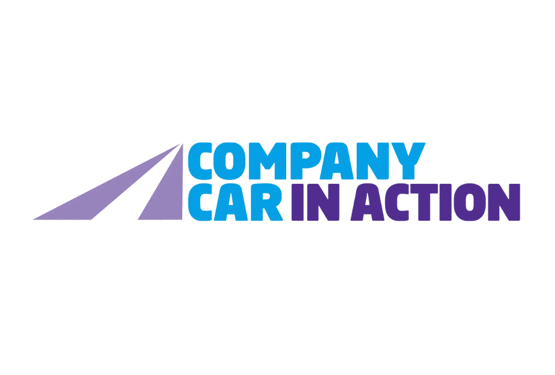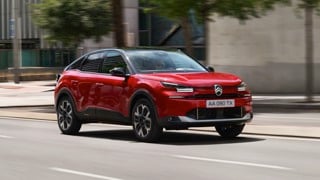By Jon Dye, director of underwriting for motor at QBE Insurance
Fleet operators are at the forefront of the transport sector’s transition as part of the UK’s push for net zero.
While the Government’s recent commitment of £120 million to support electric vehicles (EVs) adoption is a welcome step, fleet operators need to be aware of some of the hidden costs associated with EVs, as evidence indicates they are more expensive to repair than their petrol and diesel counterparts.
Rising repair costs, a lack of skilled labour and spare parts are becoming major issues for fleets.
Without action to tackle these escalating costs, greening UK motor fleets could be more expensive than anticipated.
EVs may offer fuel savings, but according to figures from the Association of British Insurers (ABI), EVs are 25% more expensive to repair than internal combustion engine (ICE) vehicles.
A new EV battery in the UK costs an average of £7,200 to replace. Unlike petrol or diesel engines, battery damage is difficult to assess, meaning minor accidents can often result in a full battery replacement.
According to Thatcham Research, even replacing a simple charging flap on a low-cost EV can cost £2,500.
These repair costs are compounded by the fact that specialist parts are expensive and scarce, with global trade tensions, supply chain disruptions and rising raw material prices making matters worse.
These factors mean that even a minor accident can lead to long delays, high repair bills – or worse, the vehicle being written off entirely.
That’s assuming you can even find a qualified technician. The UK has a shortage of mechanics trained to repair EVs, leading to longer waiting times and higher labour costs.
The outcome is clear: fleets face a costly and unpredictable maintenance burden.
These rising costs are also being felt in the insurance market. The average insurance premium for an EV in the UK has soared to £1,344, a 50% increase since last year.
In many cases, EV insurance premiums are nearly double those of petrol or diesel vehicles. Insurers are having to account for higher repair costs, longer repair times, and a more complex claims process.
Another potential risk factor is the recent removal of additional training requirements for heavier electric vans.
While this decision may make it easier for businesses to deploy EVs, it could also increase the likelihood of accidents involving drivers who are unfamiliar with the weight and silence of electric vans.
So, what needs to happen to ensure that EV adoption remains a viable and financially sustainable option for businesses?
The Government has taken important steps to incentivise EV adoption, but it must now ensure there is sufficient infrastructure capable of handling the growing number of EVs on the road.
Investment in technician training, battery diagnostics, and recycling must be a priority to ensure a cost-effective repair ecosystem.
Manufacturers must also play their part by designing EVs with repairability in mind, ensuring that parts are readily available and affordable.
Minimising unnecessary vehicle write-offs due to battery damage or minor repairs must be a priority if the UK is to build a truly sustainable EV market.
The transition to EVs is essential, and insurance providers remain committed to playing their part. But without greater transparency around the total cost of ownership, many businesses risk being caught out by costs they did not fully anticipate.
Without the necessary investment in training, repair infrastructure, and supply chains, fleets could be left footing an unsustainable bill.




















Login to comment
Comments
No comments have been made yet.